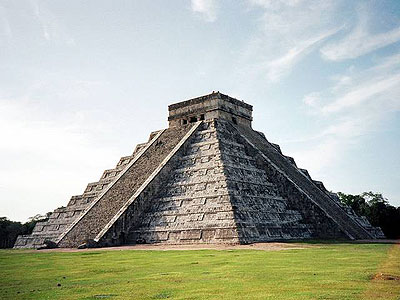Mexican wireless operator Telcel is rolling out LTE in the country, having tapped up Swedish kit vendor and long time partner Ericsson as a supplier.
November 8, 2012

Mexican wireless operator Telcel is rolling out LTE in the country, having tapped up Swedish kit vendor and long time partner Ericsson as a supplier.
The Amercia Movil-owned carrier switched on LTE in nine cities earlier this week, in Mexico City, Guadalajara, Monterrey, Queretaro, Puebla, Ciudad Juarez, Tijuana, Hermosillo and Merida, but intends to rapidly expand coverage over the coming months.
The contract entails deployment of LTE in multiple bands – specifically 1900MHz and 2100MHz – to ensure the best possible experience for customers. It also includes the Evolved Packet Core with Home Subscriber Server (HSS) for user data management and SGSN-MME as the mobility management entity that handles control signalling and traffic and can be used for all three generations of mobile data services. Ericsson will also deliver Operating Support Systems (OSS).
Informa is predicting that Telcel will have 104,000 LTE subscribers by year-end. The company is initially offering the 4G service only to post paid users but will soon expand the service to prepay. Six LTE-compatible handsets are available, including the Samsung Galaxy SIII LTE, with the iPhone 5 coming in January 2013. Pricing for the service ranges from MXN50 (€3) per month for 50MB, MXN199 for 500MB to MXN599 for 10GB. Plans for tablets and laptops/PCs are slightly different.
In related news, Ericsson has also announced a successful demonstration in China of LTE TDD (TD-LTE) carrier aggregation using standard equipment. During the demonstration a peak download speed of 223Mbps was achieved using two carriers of 20MHz each over the same radio unit.
Carrier aggregation can efficiently make use of this spectrum by combining two or more carriers into one channel (for example, 20+20MHz), effectively putting them on the same terms as FDD operators that have access to 20MHz for uplink and downlink separately, Ericsson said.
About the Author(s)
You May Also Like








.png?width=300&auto=webp&quality=80&disable=upscale)


_1.jpg?width=300&auto=webp&quality=80&disable=upscale)


.png?width=800&auto=webp&quality=80&disable=upscale)